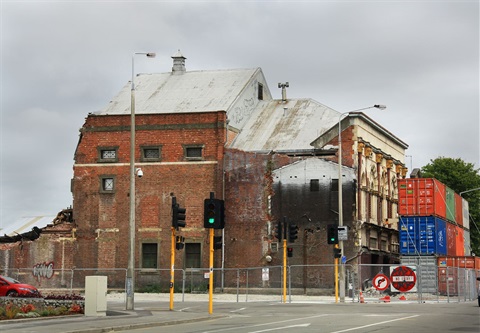Earthquake

An earthquake is a sudden and violent shaking of the Earth's surface, typically caused by the release of stress along geological fault lines, resulting in the generation of seismic waves that can cause widespread damage to structures and landscapes.
What is an earthquake?
Earthquakes are the vibrations caused by rocks breaking under stress. The underground surface along which the rock breaks and moves is called a fault plane. Depending on the size of the earthquake, strong and potentially destructive ground shaking may occur up to tens or even hundreds of kilometres from an earthquake epicentre.
The size or magnitude of earthquakes is determined by measuring the amplitude of the seismic waves recorded on a seismograph and the distance of the seismograph from the earthquake. These are put into a formula which converts them to a magnitude, which is a measure of the energy released by the earthquake.
For more information on Earthquakes, visit Geoscience Australia - Earthquake.
Understand your risk
Earthquakes with magnitudes of less than 3.5 seldom cause damage. In 1929, an earthquake off the north-east coast of Tasmania damaged buildings and properties in Launceston.
The impact of earthquakes is dependent on their scale. Densely built and populated areas will likely be more impacted than remote bushland areas.
Although Australia is a relatively stable continent, earthquakes do occur. The most devastating earthquake occurred in 1989 in Newcastle, New South Wales, where 13 people died and more than 160 people were injured. Tasmania is also vulnerable to earthquakes, and in the past century, several significant earthquake events have been recorded. In 1929, an earthquake off the north-east coast of Tasmania damaged buildings and property in Launceston. The Tasmanian State Natural Disaster Risk Assessment (TSNDRA) 2016 identifies that a future earthquake has the potential to cause significant damage to buildings and infrastructure in Tasmania. Many unreinforced brick and stone (masonry) buildings would be at risk of collapse.
For more information, visit Geoscience Australia Earthquake@GA and TasALERT.